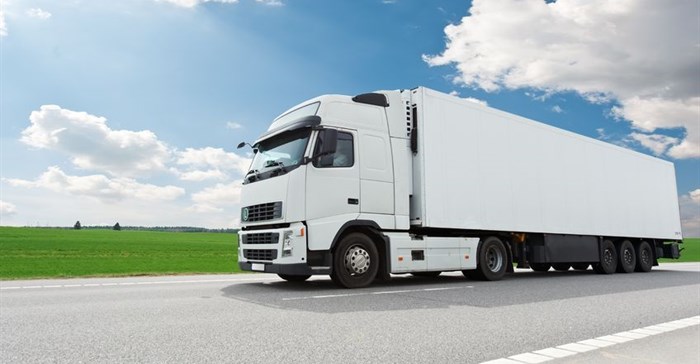In South Africa, two-pedal trucks accounted for approximately half of all truck sales nationally, according to figures from Lightstone, a marketing intelligence company. In other markets, such as Australia, sales of automatic trucks are close to those of manual transmissions. The trend mirrors what is happening in multiple industries: the use of smarter technologies to reduce costs and drive business efficiency.

© Dmitry Kalinovsky via 123RF
The move to some form of automatic transmission for trucks is also in line with the trend towards more automatic cars. A primary cause of this shift is the growing sophistication of automatic and automated manual transmissions.
Such technologies now offer a closer approximation of a skilled driver. For example, it is claimed that by reducing the momentum lost when changing gears of a large truck, anything from four to seven seconds may be gained for every 400 metres travelled – thus, saving time and fuel that can add up over long journeys.
Only the start
Automatic transmissions are only the start: technological advances such as idle, stop, start, which are just beginning to make the transition from cars to trucks, can also reduce fuel and engine wear and tear. (Idle, stop, start is technology that automatically shuts down the engine after a short period of idling, typically in traffic and at busy intersections, in order to save fuel and reduce engine overuse. When the driver lifts his foot off the brake, the engine automatically starts up again.)
For fleet owners, the arguments for automatic trucks are making more and more sense. For one thing, automatic transmission reduces the impact of an unskilled driver on fuel efficiency as well as wear and tear on the vehicle. With both fuel and parts increasingly pricey, this is a real incentive for fleet owners.
Most important part of logistics
Another consideration is that clutches wear out the more they are used. Time spent in the repair bay is dead time for fleet owners – an important consideration in South Africa where road transport is by far the most important part of the logistics mix.
Removing the clutch also means that driving becomes a less-skilled operation. At a practical level, fleet owners can draw on a wider pool of drivers.
Benefits for drivers
There are benefits for drivers, too. Operating the clutch over long periods of time notably increases the physical strain of driving, particularly in heavy traffic. More comfortable driving conditions are likely to mean that drivers are more inclined to pay attention to their driving, with possible safety benefits and thus, potentially, fewer insurance claims.
Automatic trucks would also be a reason for a particular fleet owner to become an employer of choice for the best drivers.
In general, MiWay believes that it makes sense for fleet owners to keep up with the technology trends to improve fuel efficiency, reduce wear and tear, and better the working conditions of their drivers.
In the long run, these improvements are likely to have a positive impact on their bottom lines — and could even translate into a more cost-effective insurance profile as technology improves human performance on the road.


































